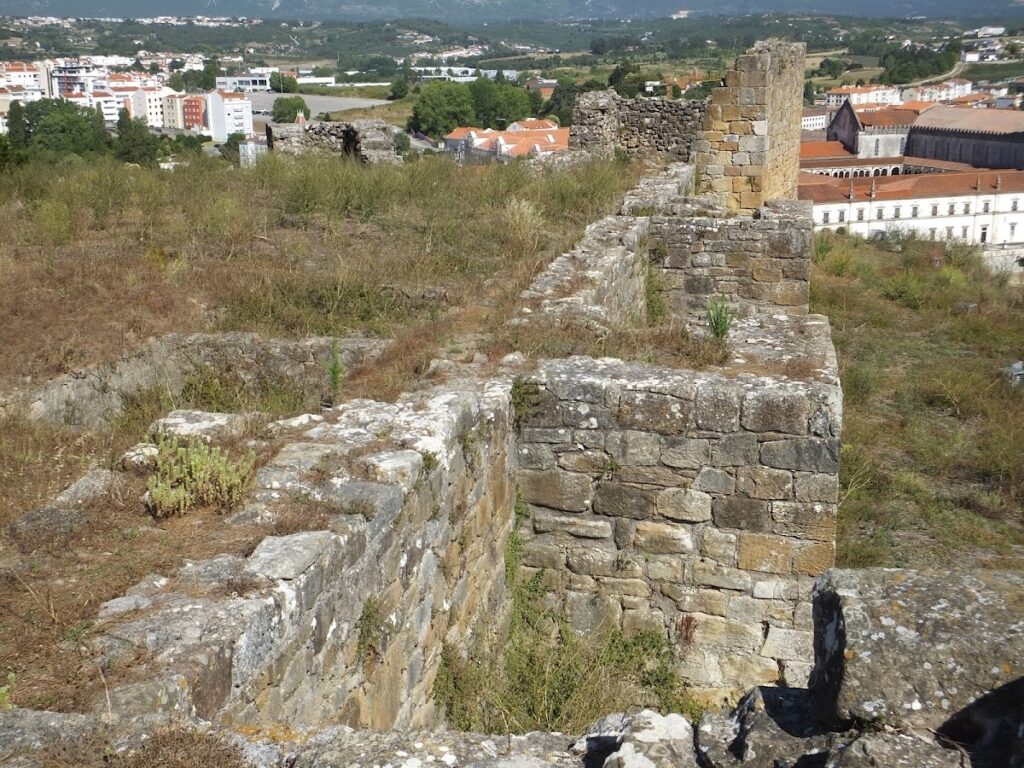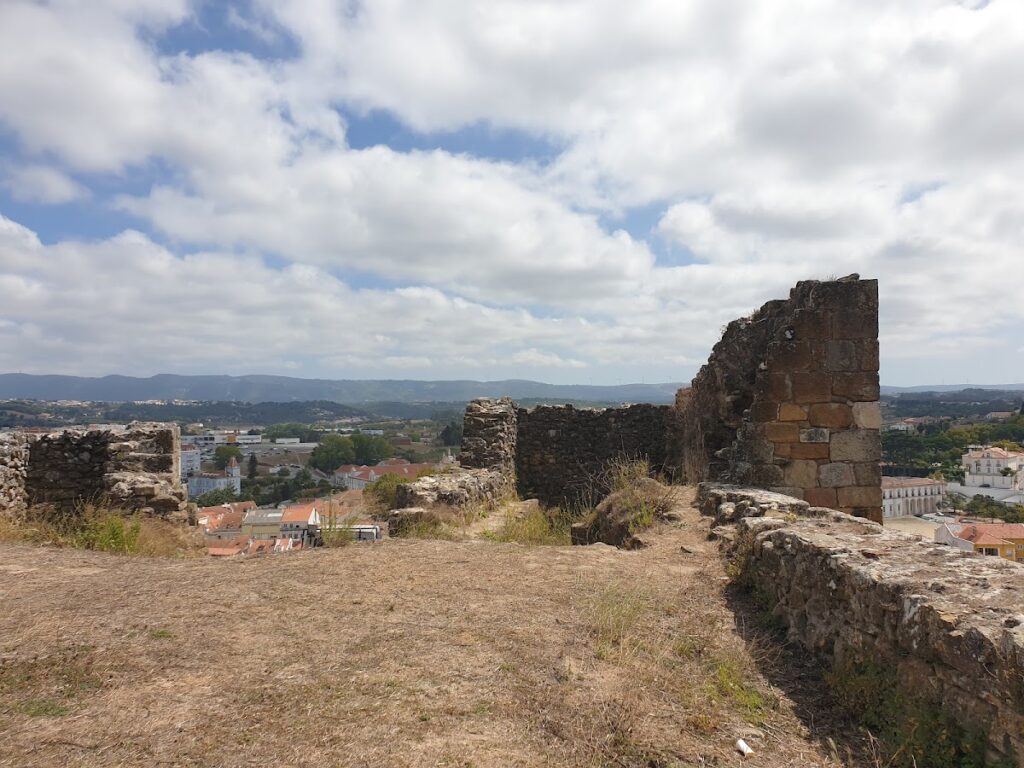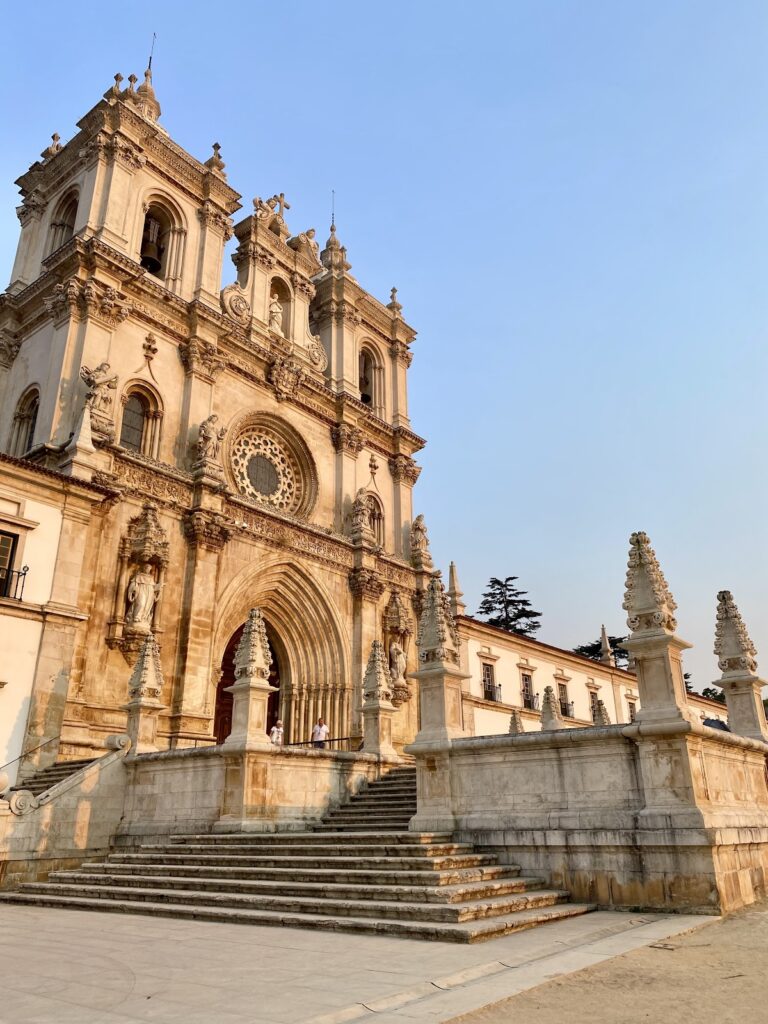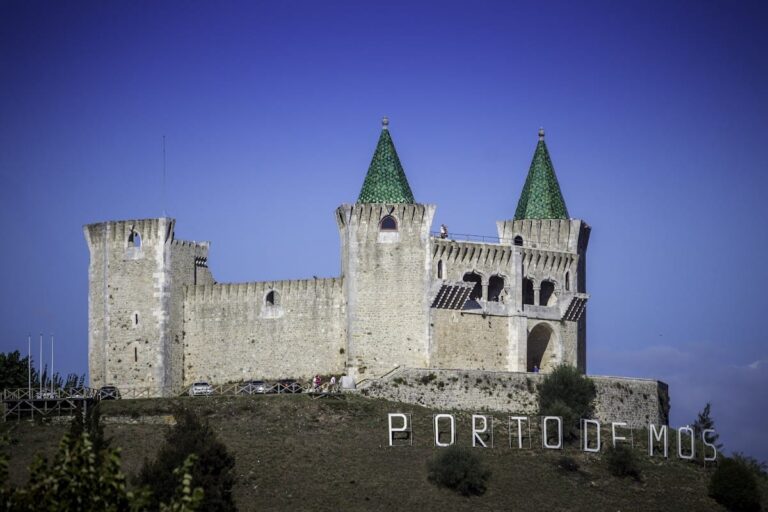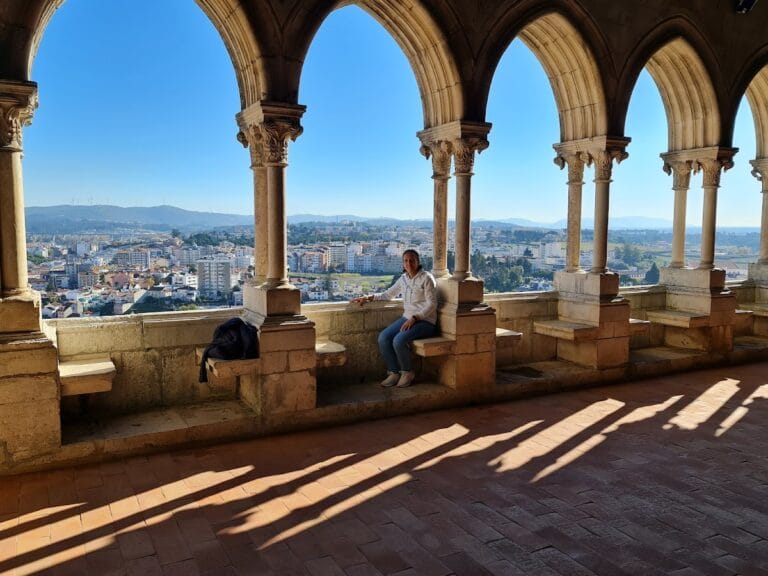Castle of Alcobaça: A Historic Fortress in Portugal
Visitor Information
Google Rating: 3.9
Popularity: Low
Google Maps: View on Google Maps
Country: Portugal
Civilization: Unclassified
Remains: Military
History
The Castle of Alcobaça stands above the town of Alcobaça in Portugal, overlooking the Baça River valley. Its beginnings are debated among scholars, with some suggesting it was first established by the Visigoths, while others believe Muslim settlers constructed the original fortress, naming it “Alcácer-bem-el Abbaci,” a name reminiscent of a Moorish city gate in Morocco.
During the Christian Reconquista, forces under King Afonso Henriques took the castle around 1148, soon granting the surrounding lands to Cistercian monks in 1153. These monks, founding the nearby Monastery of Santa Maria de Alcobaça, were entrusted with both cultivating and defending the region. Despite their efforts, Moorish raids devastated the area in the 1190s, causing the castle to fall into ruin. King Sancho I later reclaimed the territory, restoring control to the monks. Under their guidance, the castle was rebuilt as part of a broader defensive strategy that included other regional fortifications such as Leiria, Pombal, and Óbidos, all designed to protect Lisbon’s approaches.
In the later 14th century, notably around 1369, Abbot Frei João de Ornelas strengthened the castle’s fortifications by adding a barbican—a fortified outer gateway—and reconstructing collapsed towers and walls, financed through local taxation. The castle sustained heavy damage during the earthquake of 1422 but underwent repairs by 1424, and the keep, or Menagem Tower, was fully rebuilt in 1450 under Abbot Frei Gonçalo Ferreira’s direction.
The 17th century saw additional maintenance during the Spanish-led Philippine Dynasty, including work in 1627. The eastern tower was repurposed as a prison until it collapsed during the devastating 1755 earthquake. Throughout its history, the castle’s governors, known as alcaides, were appointed by the abbots of Alcobaça, with notable figures like Geraldo Pereira Coutinho, a university professor and canon, holding the position in the early 18th century.
By the 19th century, under Queen Maria II, the castle’s defensive role had diminished dramatically. After the dissolution of the monastery in 1834, control passed to local authorities who ordered the castle demolished in 1838, with its stones repurposed for construction in the town. Officially declared extinct by 1854, the castle remained in ruins until limited restoration and preservation efforts in the mid-20th century sought to protect and partially reconstruct its remaining walls, particularly those facing the monastery.
Archaeological investigations began in 2002, led by Jorge António and Manuela Pereira, aiming to clarify its origins and historical development based on both historical records and physical evidence.
Remains
The Castle of Alcobaça is situated on a hill nearly 70 meters above sea level, featuring an irregular shape that merges elements of Romanesque and Gothic stonework. The visible ruins primarily consist of limestone masonry walls forming the outer enclosure, which was once reinforced by seven square towers. On the western side, a detached tower identified as the keep or Menagem Tower faces toward the monastery, signifying its importance in the castle’s defensive layout.
To the east, an albarrana tower—an independent tower usually positioned outside the main defenses—is located between an inner wall and an oval-shaped barbican. The barbican itself was an added defensive structure, further strengthened on its western side by four turrets, two of which have a semicircular design. This barbican was constructed in the 14th century as part of the improvements ordered by Abbot Frei João de Ornelas.
The eastern tower once served as a prison until the earthquake of 1755 caused its collapse. Today, its remains stand as a testament to its former function. Other significant features include a cistern originally used to collect and store water, which was adapted in the 20th century for potable water storage, reflecting the castle’s partial reuse during modern times.
Restoration work in the 1950s focused on the wall facing the monastery, reconstructing sections based on historical records to stabilize and preserve the site. Cleaning and access improvements carried out in 1956 enhanced understanding of the ruins, followed by minor repairs in 1965 that aimed to maintain the castle’s remains.
Since 1978, the ruins have been protected as a Property of Public Interest, recognizing their cultural and historical significance within the region. The surviving structures convey the layered history of the castle, from its debated origins through medieval fortifications to its eventual decline and modern conservation efforts.
